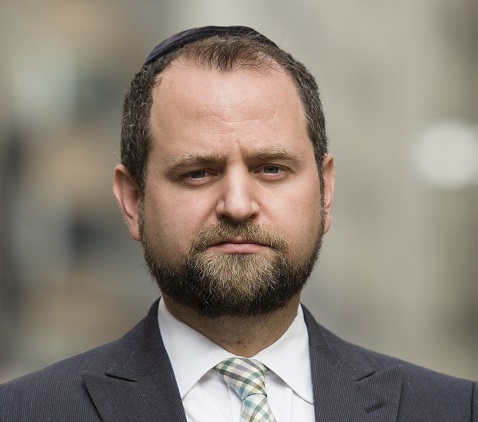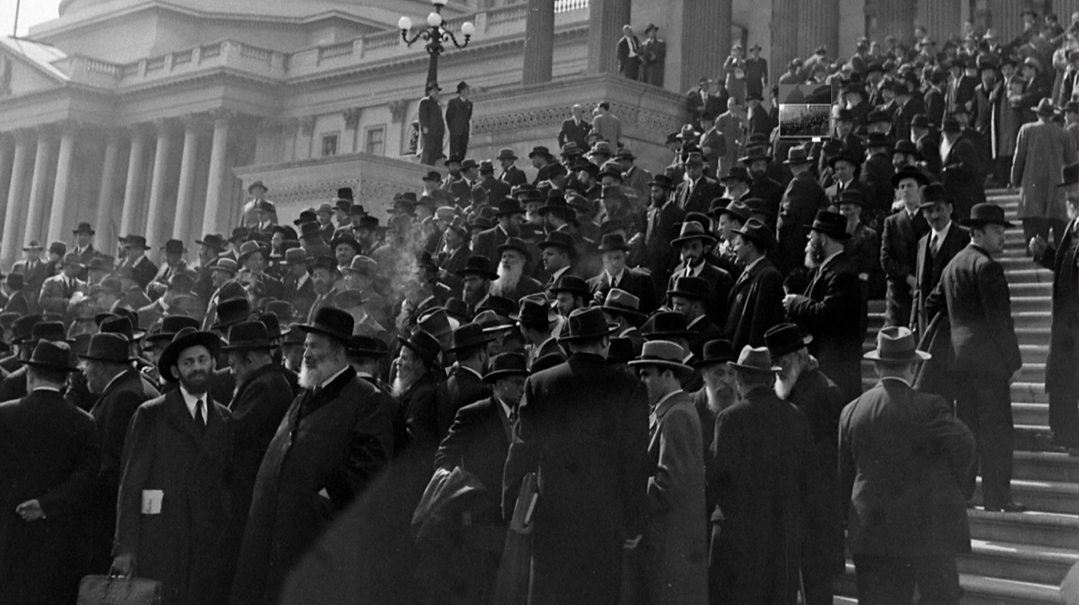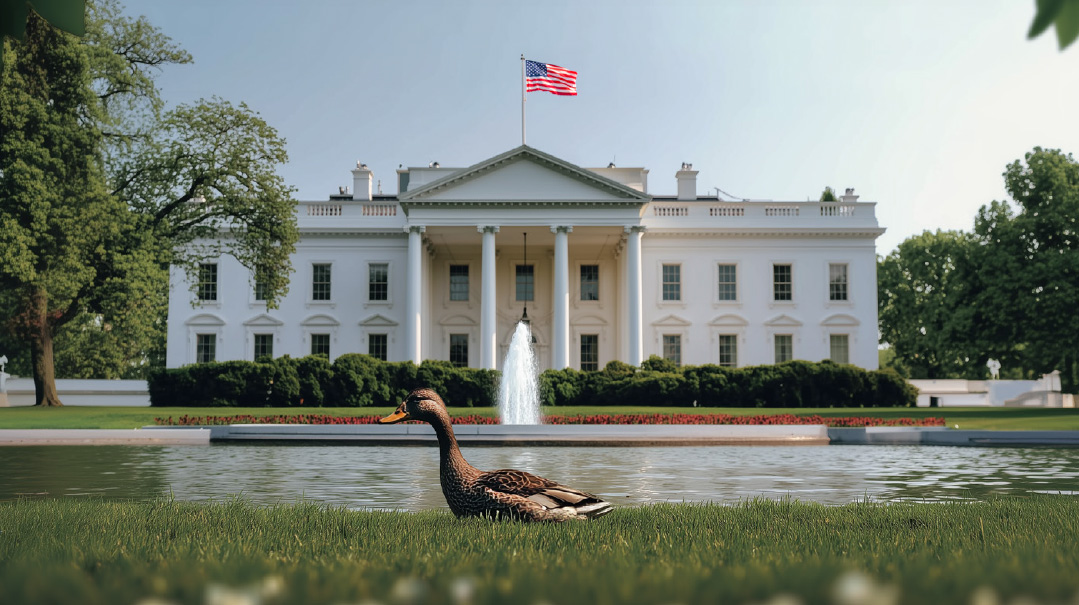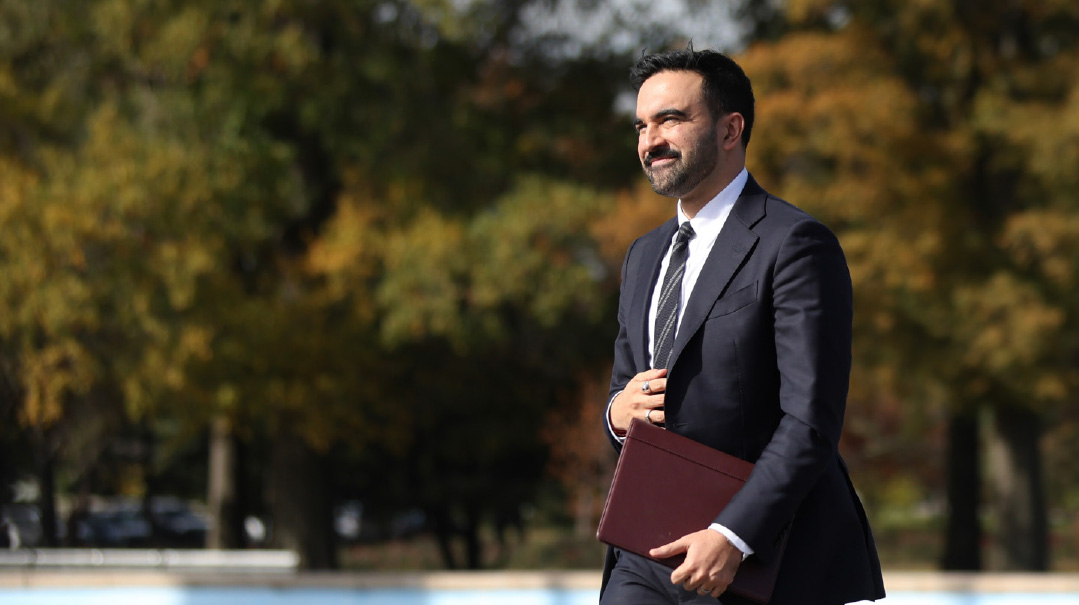Rallying Cry

After the DC rally, what’s next?

BY the time these words are read, Washington, D.C., will have seen the largest gathering of American Jews in decades, rallying for Israel on the steps of the national monument at a time of crisis such as few in the community can remember. Hundreds of thousands from across the country and as far away as Canada will have made their voices heard, and the question will be: What are the metrics for this rally’s success, and what comes next in the battle to make Israel’s case in the weeks ahead?
Numbers could be one determinant. A showing of over half a million people will surely be one of the biggest rallies in Jewish history, but contextually, will it stand out? Anti-Israel rallies around the world have been gathering in rapid force with numbers that dwarf any possible counter-rally. Rallies are not unique in American cities or in Washington, D.C. Numbers aren’t enough.
Perhaps the presentations could be a determinant of success? Maybe some great speaker will deliver a version of the “I have a dream” speech, and it will go down in history as an example of great rhetoric. But will the media cover it? There are thousands of rallies any given year, and a historic groundbreaking speech can quickly be forgotten as yesterday’s news. Content isn’t enough.
I would suggest that the measure of a rally’s success is whether or not it reaches its target audience.
All Washington rallies, marches, and large gatherings have one intended audience — the president of the United States.
President Biden, the leader of the free world, to date has been a tremendous friend and ally to Israel. His wartime visit, a memorable pro-Israel speech, and repeated statements and actions have all expressed a firm message of support. However, recent developments have led to an upsurge of fear that President Biden will be pressured to reverse course.
A recent poll from the Associated Press found that 46 percent of Democrats disapprove of Biden’s support for Israel. The president’s State Department has seen a protest resignation already, and a group of staff members issued a dissent memo criticizing the administration. When close to 50 percent of your party is disapproving and your foreign policy staffers are critical, one can only wonder how long it will take until the pressure impacts the chief executive.
The real measure of the rally’s success will be if it successfully conveys to the president a message of confidence and gratitude for his support for Israel, and empowers him to remain firm in that support.
But in a sea of other rallies and media attention, why would one particular rally make an impression on the president?
Let’s take a look back in history at two marches and their impact.
In 1943, 400 rabbanim traveled to Washington three days before Yom Kippur to seek an audience with one man, Franklin Delano Roosevelt. He was aware of their visit, his schedule was light enough to meet with them, but he chose to ignore them.
Twenty years later, in 1963, another president, John F. Kennedy, tried to dissuade another, larger group from petitioning Congress. Kennedy told Martin Luther King that he thought his plan to march with his followers to advocate for civil rights was a bad idea, and that it “seemed to me a great mistake” that would damage legislation for the cause.
The rabbis of 1943 marched on Washington despite FDR’s absence. He knew about their march, the press covered the presidential snub, and Washington’s major leaders were talking about the Rabbis’ March. Despite FDR’s best efforts to ignore this group, their message couldn’t be ignored. Showing up in Washington was simply too loud a message.
Martin Luther King also moved forward with his march, despite a Kennedy administration that wanted to ignore it and said it was a bad idea. In the lead-up to the march, individuals and the press talked about violence or the possibility of a riot. King dismissed the concerns of violence and instead held a historically peaceful march with a message of hope for all Americans.
Coming back to the present, America’s Jews don’t have to worry about being snubbed or ignored by elected officials as they were in 1943. We are fortunate to have a supermajority of Congress and a White House that remains supportive. A rally thanking the president for his longstanding support and reminding him of the Americans who support Israel and his policies will break through and stand out. But will it last?
To maintain that momentum, we shouldn’t wait another 20 years to rally. In the lead-up to this rally, virtually everyone I asked was planning on attending, but they also mentioned that the last such rally they attended was in 2002. These are unprecedented times, and it requires a clarion call that continues long after you have put away your sign and driven or flown back from Washington.
Learn from the marches of 1943 and 1963 what the next step should be. In 1943, undeterred by the lack of success of their original mission to meet FDR, the rabbis took the next step by visiting with the vice president, Senate majority leader, Senate minority leader, and House Speaker to discuss their concerns and what Congress could do. In 1963, MLK visited with the president right after his rally to discuss the next step for civil rights.
To keep the message of support current, your next step can be as simple as writing a letter to the president or calling your congressman or senator and informing them that you visited Washington with hundreds of thousands and have no intention of lowering your voice. Once you’ve taken one next step, there will be more to follow and a habit of advocacy you have begun to form. Another thank-you letter, another request for support, another call, another time you are asked to show up in person to raise your voice.
Those with experience and hard-won government relationships can attest that those in power must hear voices of gratitude. Whether or not you’re at the rally, it’s your actions afterward that will build momentum and demonstrate our community’s support for our fellow Jews in Israel.
(Originally featured in Mishpacha, Issue 986)
Oops! We could not locate your form.







